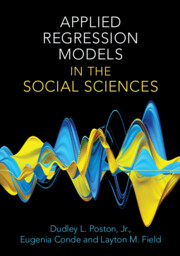Probit-based models relating a proportional response variable to a temporal explanatory variable, assuming that the times to response are normally distributed within the population, have been used in seed biology for describing the rate of loss of viability during seed ageing and the progress of germination over time in response to environmental signals (e.g. water, temperature). These models may be expressed as generalized linear models (GLMs) with a probit (cumulative normal distribution) link function, and, using GLM fitting procedures in current statistical software, parameters of these models are efficiently estimated while taking into account the binomial error distribution of the dependent variable. The fitted parameters can then be used to calculate the ‘traditional’ model parameters, such as the hydro- or hydrothermal time constant, the mean or median response of the seeds (e.g. mean time to death, median base water potential), and the standard deviation of the normal distribution of that response. Furthermore, through consideration of the deviance and residuals, performing model evaluation and modification can lead to improved understanding of the underlying physiological/ecological processes. However, fitting a binomial GLM is not appropriate for the cumulative count data often collected from germination studies, as successive observations are not independent, and time-to-event/survival analysis should be considered instead. This review discusses well-known probit-based models, providing advice on how to collect appropriate data and fit the models to those data, and gives an overview of alternative analysis approaches to improve understanding of the underlying mechanisms of seed dormancy and germination behaviour.


